Removal of nasal polyps (polypotomy)

specialists

equipment

treatment
Methods for surgical removal of nasal polyps
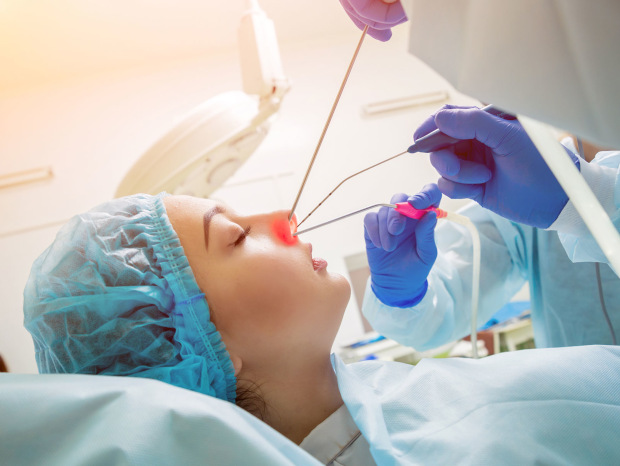
There are several ways to carry out the operation:
- Mechanical. An outdated technique in which the tumor is removed from the nasal cavity using a polyp loop (curette) or scalpel
- Laser. Involves using a light beam instead of a scalpel. During laser treatment of a polyp, liquid from the tissue is evaporated and completely destroyed. The operation takes place under local anesthesia and takes an average of 20-40 minutes
- Cryosurgical. Pathological growths are evaporated at a temperature of 40-60 degrees using liquid nitrogen. Progressive and gentle ENT surgery
- Using a shaver. It is carried out under the control of endoscopic technology. To remove polyps, a high-precision instrument is used, designed for low-traumatic manipulations on the internal structures and sinuses of the nose
- Endoscopic removal of nasal polyp. A tube with miniature surgical instruments is inserted into the nasal passage. The tip is equipped with a lamp for illumination and a camera for displaying images on the screen
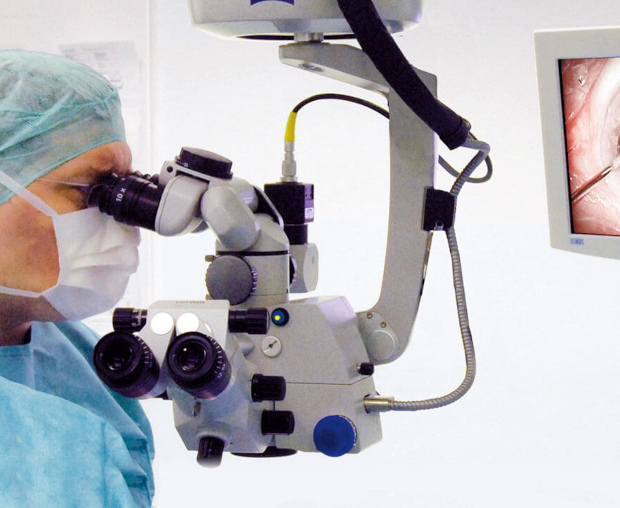
The most popular and effective methods of surgery are using a laser and an innovative ENT shaver device.
Laser removal of a nasal polyp eliminates bleeding and speeds up the rehabilitation process. Using a laser beam, the doctor excises the polyps, then removes them from the sinuses mechanically. The laser beam “seals” the incision line, tissue coagulation occurs, which prevents bleeding and further scarring.
In modern rhinosurgery, a special shaver instrument is often used. This is a small device with an attachment in the form of a thin metal tube equipped with a cutting tip. During the process of removing nasal polyps with a shaver, the tube rotates, carefully cuts, crushes and sucks out the polyp itself and its base. This allows for selective tissue resection and minimizes blood loss.
When removing nasal polyps with a laser or shaver, an endoscope is used. The image is displayed on the screen, so the doctor can determine the location, size and number of polyps. This increases the accuracy of the doctor’s actions and the efficiency of the manipulation.
General information about the procedure
The effect of surgery to remove polyps in the sinuses
After completion of the rehabilitation period, unpleasant symptoms, swelling and pain disappear. The person can return to their normal way of life and everyday activities.
Surgery to remove polyps helps:
- Restoring nasal breathing
- Getting relief from constant headaches and a feeling of fullness in the nose
- Voice normalization
- Return of the sense of smell and taste
- Stopping nasal discharge
In order for the result of the operation to be sustainable, the doctor treats the disease that caused the polyp to appear. This helps to avoid relapse and stabilize well-being.
To make an appointment with an ENT doctor at the K+31 clinic, fill out an online application on the website or call the specified phone number. The administrator will guide you in choosing a branch of our center and answer all questions about prices and additional services.
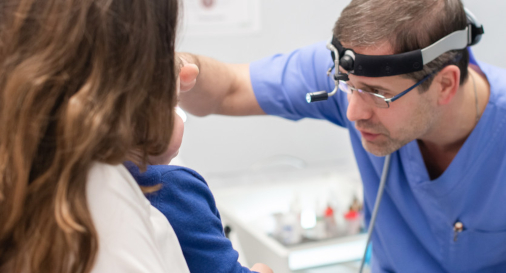
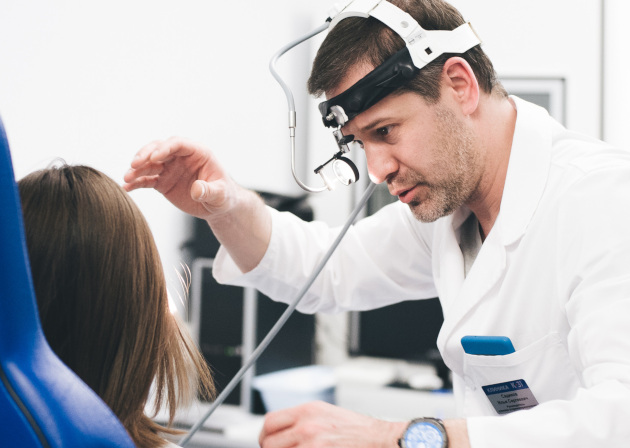
How is an appointment with an otolaryngologist at K+31?
Our doctors

This award is given to clinics with the highest ratings according to user ratings, a large number of requests from this site, and in the absence of critical violations.

This award is given to clinics with the highest ratings according to user ratings. It means that the place is known, loved, and definitely worth visiting.

The ProDoctors portal collected 500 thousand reviews, compiled a rating of doctors based on them and awarded the best. We are proud that our doctors are among those awarded.
Make an appointment at a convenient time on the nearest date
Price
Other services


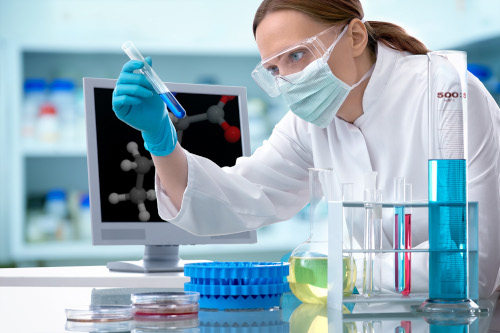
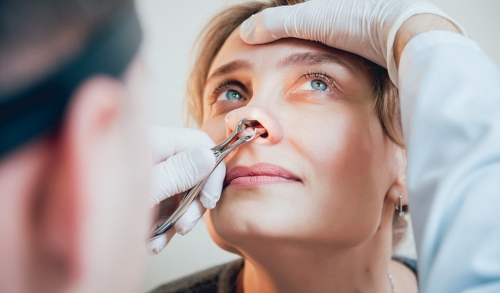

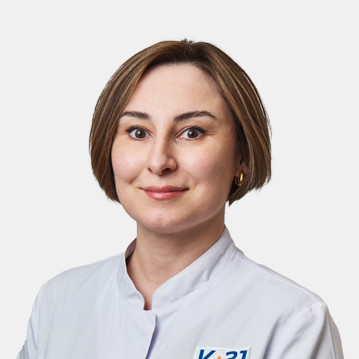
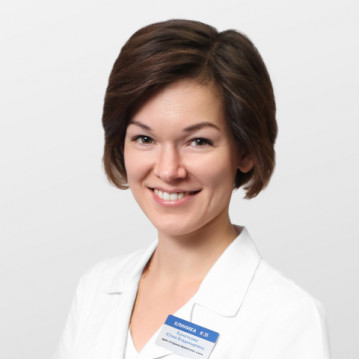

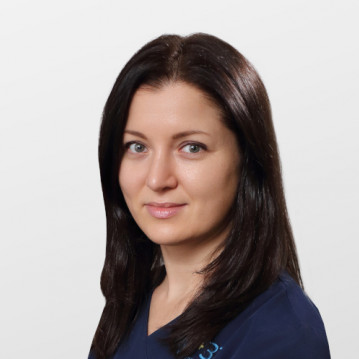
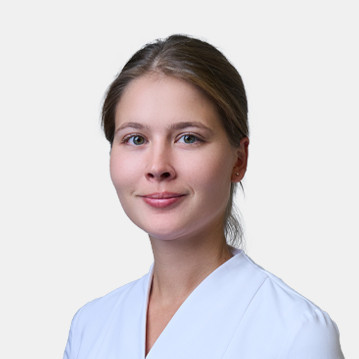
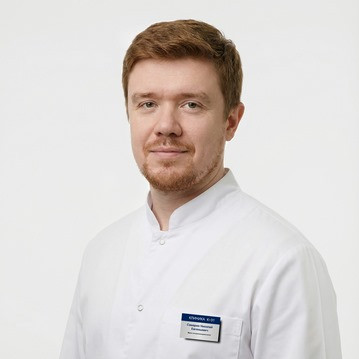
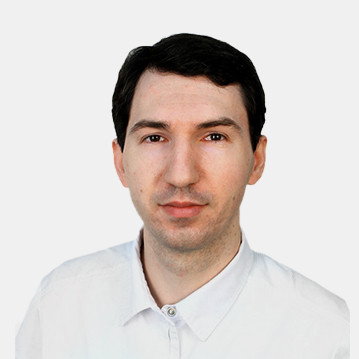
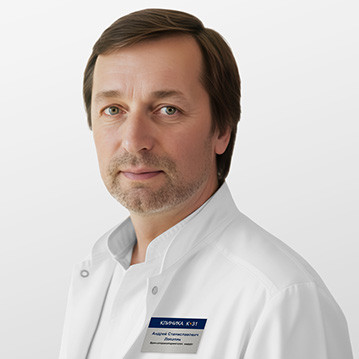
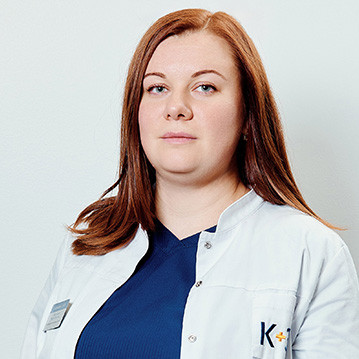
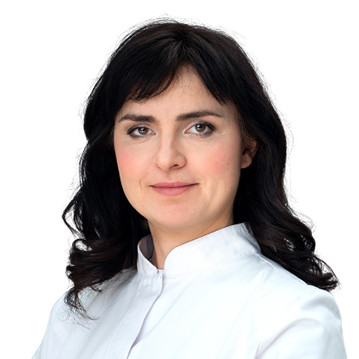
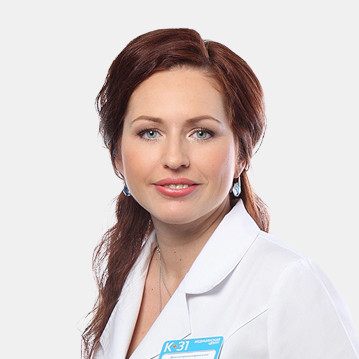
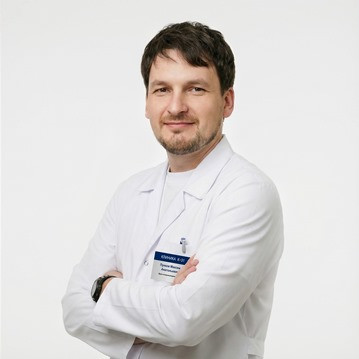
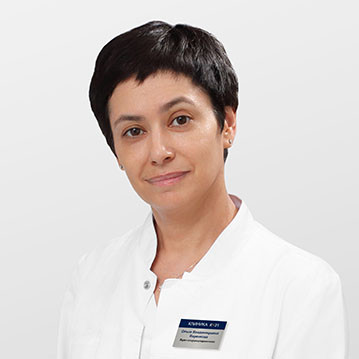
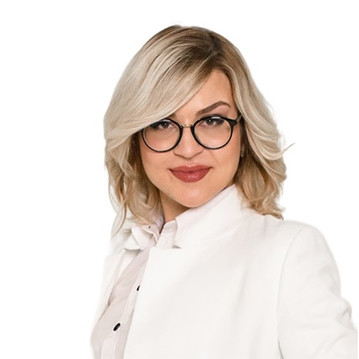
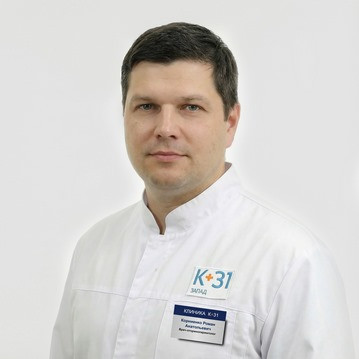
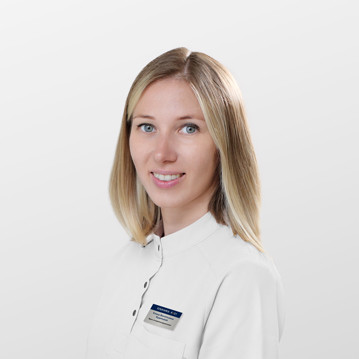
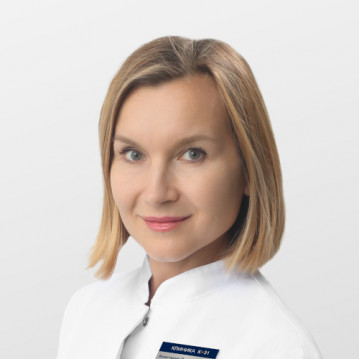
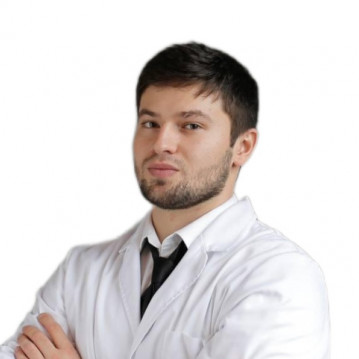

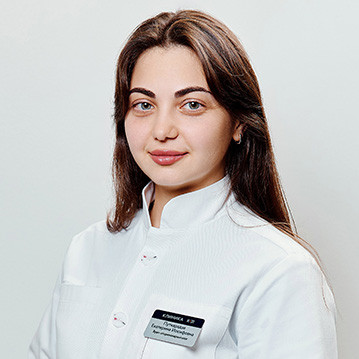
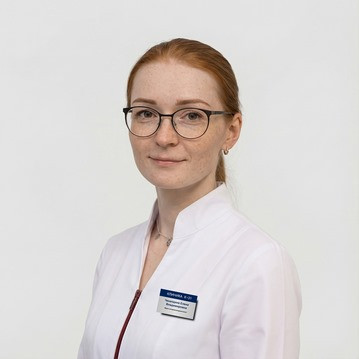
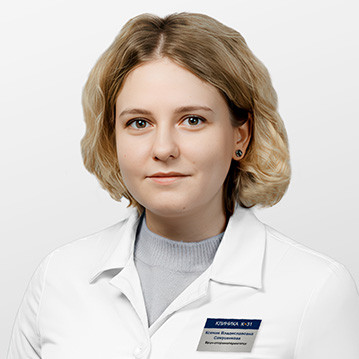
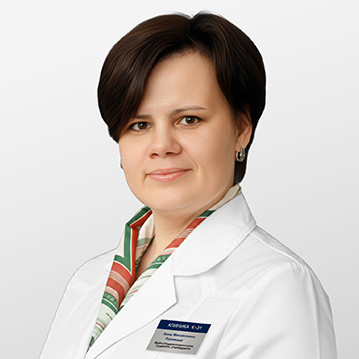

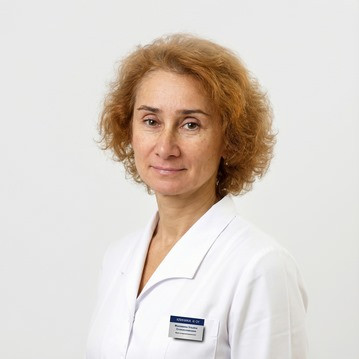







Reasons for the formation of polyps
A neoplasm appears on the mucous membrane of the sinuses as a result of:
The formation of ear plugs is promoted by internal and external factors. Internal factors include:
Risk factors can also include harmful working conditions, pathologies of the endocrine and immune systems, and frequent acute respiratory viral infections.
Based on their tissue structure, nasal polyps are divided into glandular polyps (benign) and those with stromal atypia (malignant). They are most often round in shape and easily move in the nasal cavity. They form in the nasal sinuses, can be single (antroanal) or multiple (ethmoidal), and grow quickly.
If the tumors are large, reaching several centimeters in size, they can completely block the nasal passages. As a result, a person loses his sense of smell, complains of headaches and dizziness, and snoring appears. At first, temporary nasal congestion worries you, then nasal breathing disappears completely. Treatment with vasoconstrictor drops does not produce results, and the state of health worsens.